Hollow Structural Sections (HSS) are metal profiles with a hollow tubular cross-section, available in
square tube,
rectangular tube, and circular shapes. Made from mild or alloy steel through hot rolling or cold forming, HSS offers excellent strength, precision, and design flexibility.
Used widely in modern architecture and engineering, HSS provides structural efficiency for buildings, bridges, and industrial frameworks, combining strength with aesthetic appeal.
Advantages of HSS in Construction
HSS beams feature a high strength-to-weight ratio and superior torsional resistance, making them ideal for columns, trusses, and exposed structures. Their smooth surface and rounded corners enhance appearance and reduce coating needs. Available in various wall thicknesses (3–16 mm), HSS delivers both durability and visual refinement.
Strength and Steel Grades
The performance of HSS columns largely depends on the steel grade. Higher grades offer greater tensile and compressive strength, improving stability under heavy loads. These materials are preferred for high-rise buildings, industrial structures, and bridges, allowing for lighter, more efficient designs without compromising safety.
In addition, premium steel grades enhance toughness, corrosion resistance, and flexibility, ensuring long-term reliability in both static and dynamic environments.
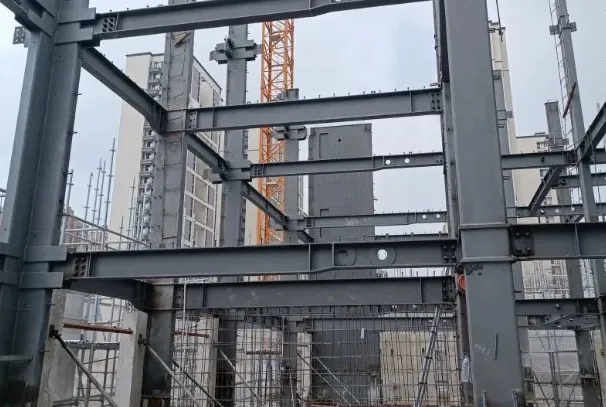
The following are the advantages of Hollow Structural Section (HSS) in building construction
1. Excellent Strength-to-Weight Ratio
HSS provides outstanding structural efficiency. Its uniform shape offers high resistance to compression, bending, and torsion while using less material. This means lighter structures and lower transportation and erection costs.
2. Aesthetic and Modern Design
HSS offers clean lines and smooth surfaces that enhance architectural appeal. It integrates easily with glass or curved designs, making it ideal for stadiums, airports, and commercial buildings.
3. High Torsional and Buckling Resistance
The closed shape of HSS delivers superior resistance to twisting and local buckling. It performs well in seismic areas and long-span structures such as bridges and trusses.
4. Easy Fabrication and Welding
With uniform thickness and flat faces, HSS is simple to cut, weld, and assemble. It requires fewer stiffeners and allows faster installation—saving time and labor costs.
5. Cost Efficiency
Though the unit price may be slightly higher, HSS often reduces total project costs by requiring less steel and faster construction.






 English
English Español
Español بالعربية
بالعربية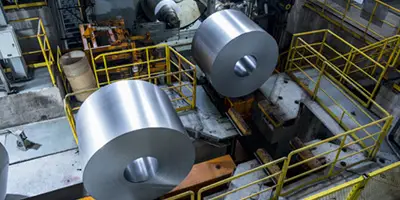

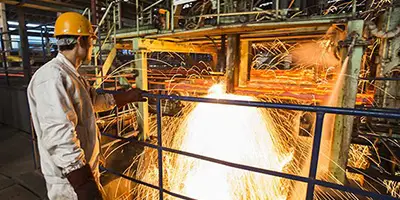
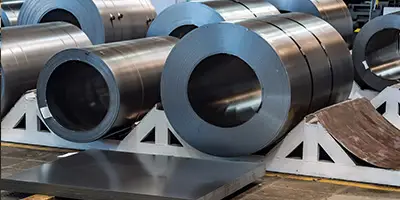

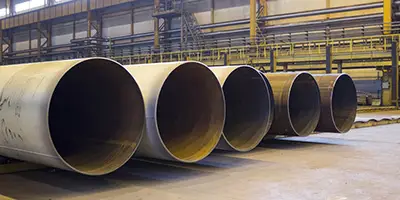
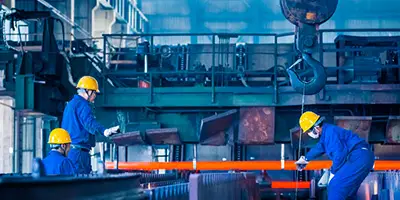
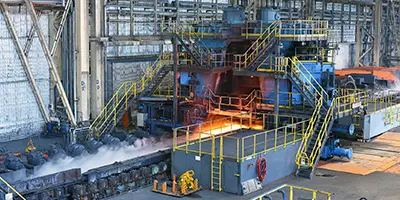
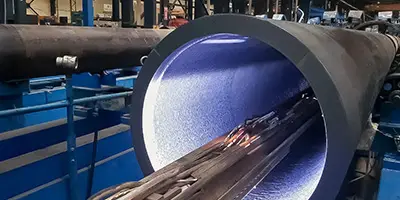
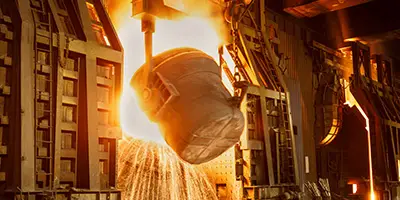
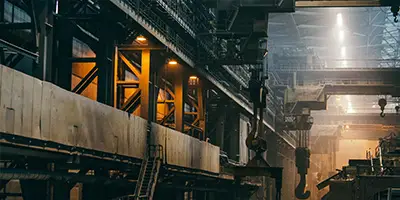

 Phone :
Phone :  Whatsapp :
Whatsapp :  Email :
Email : 


